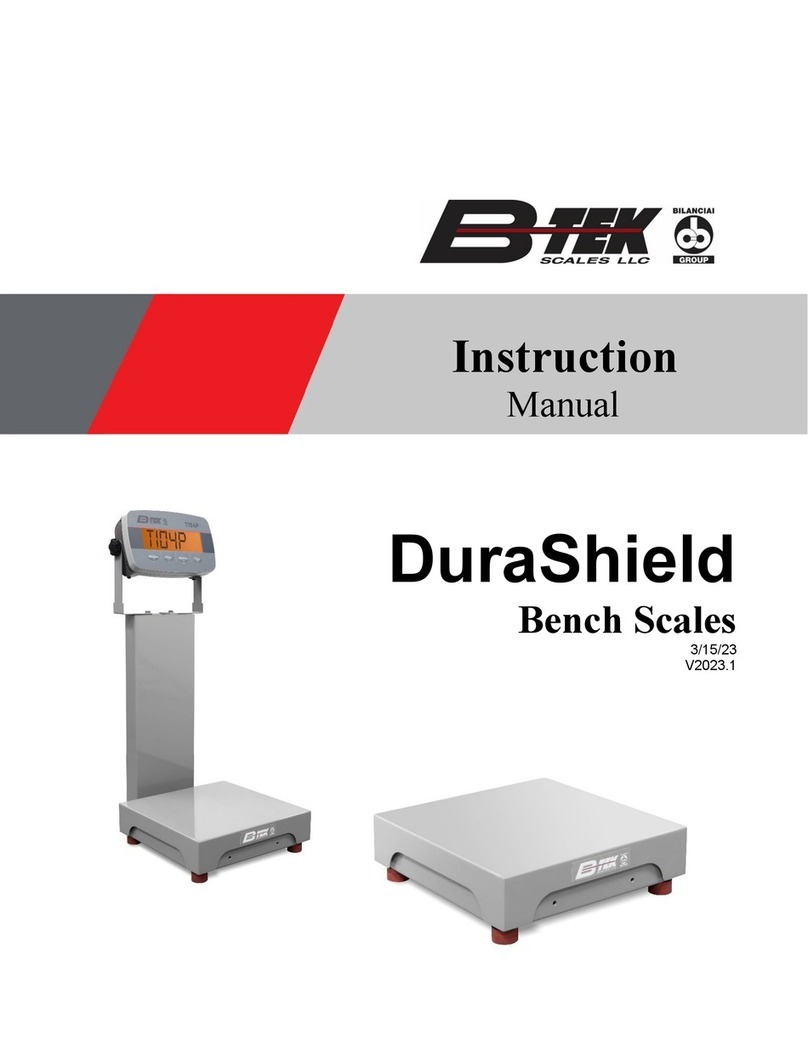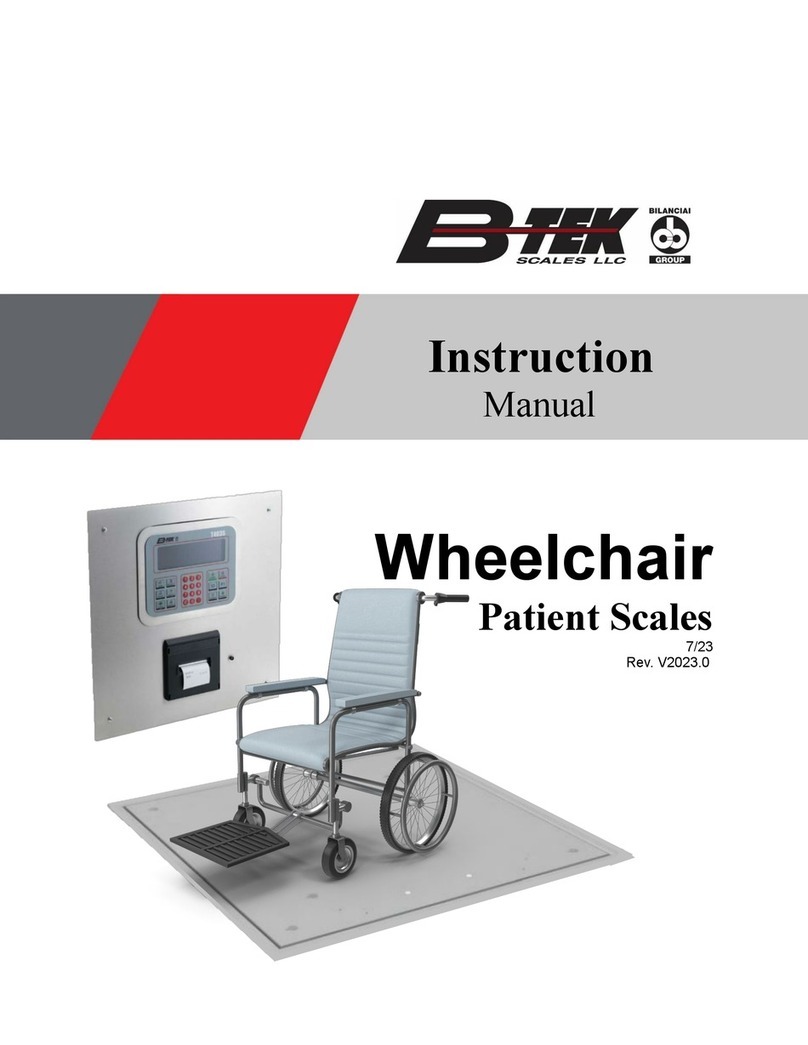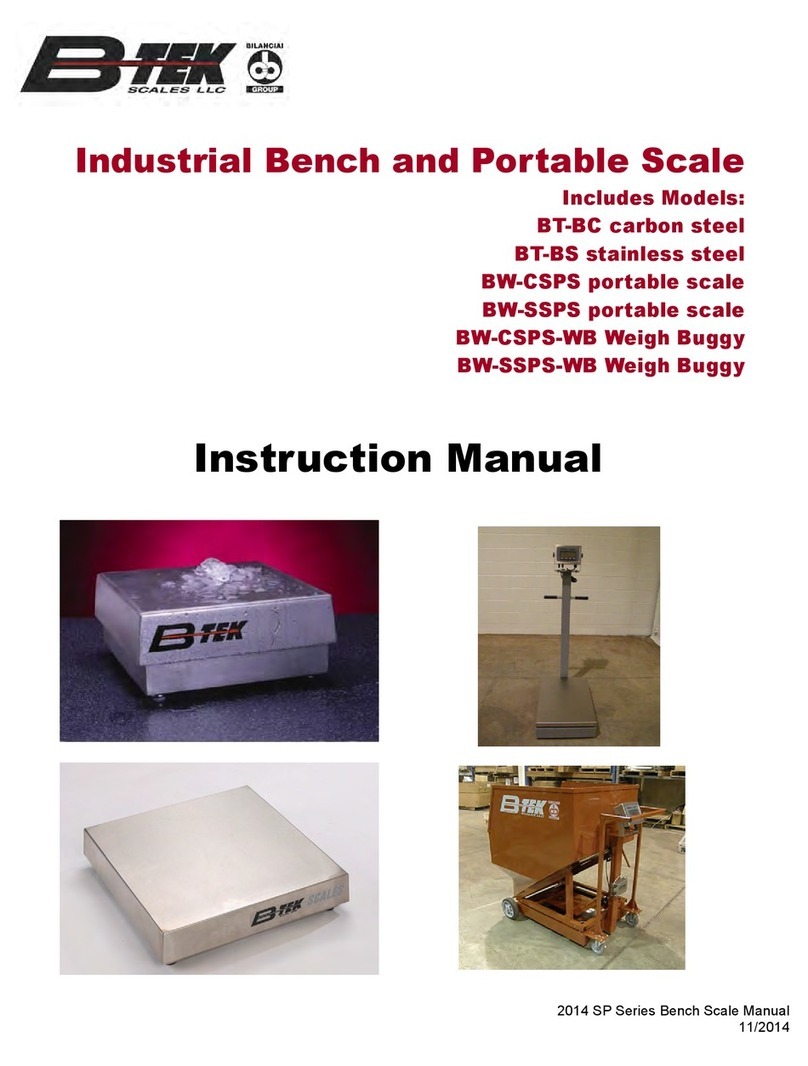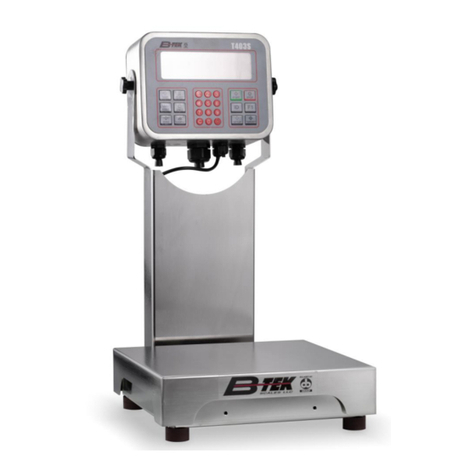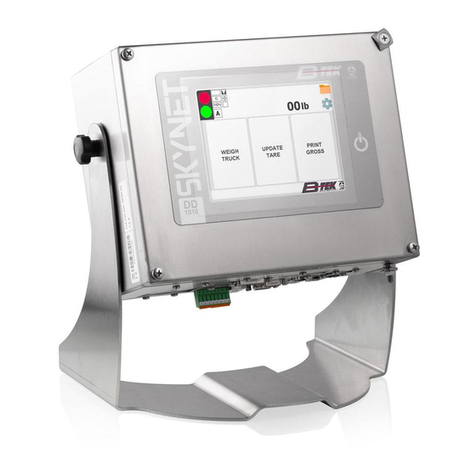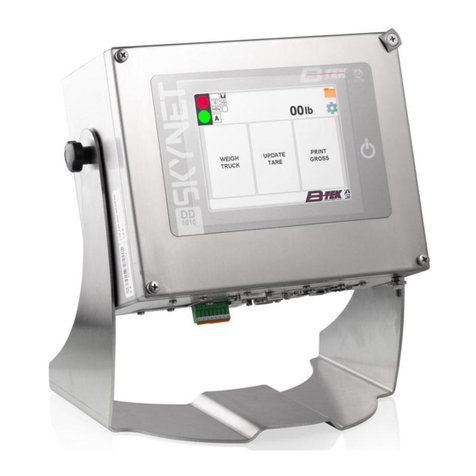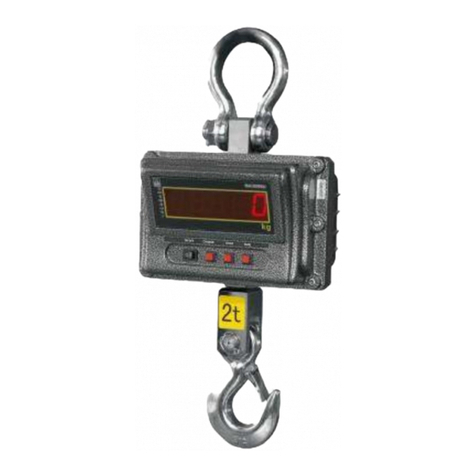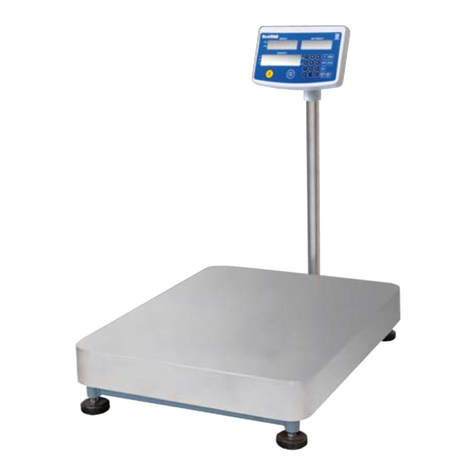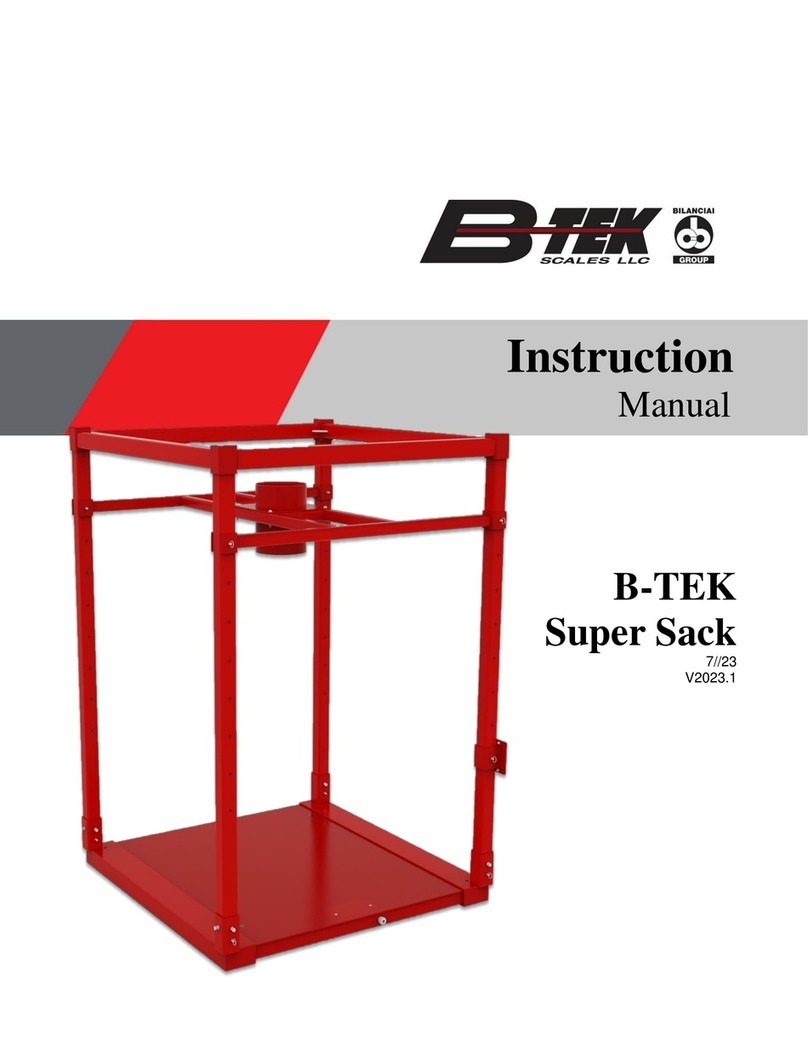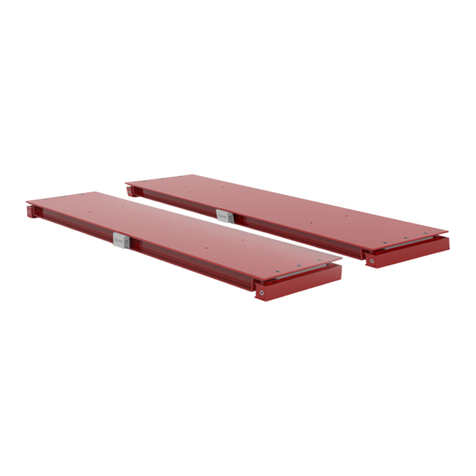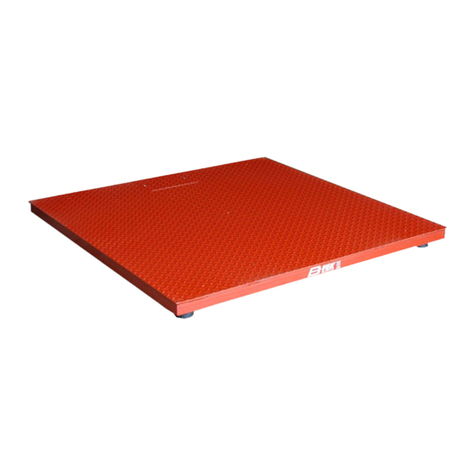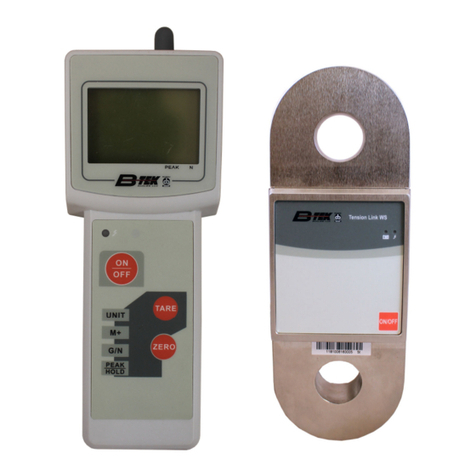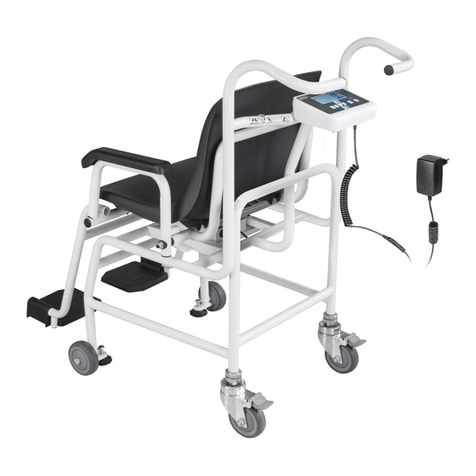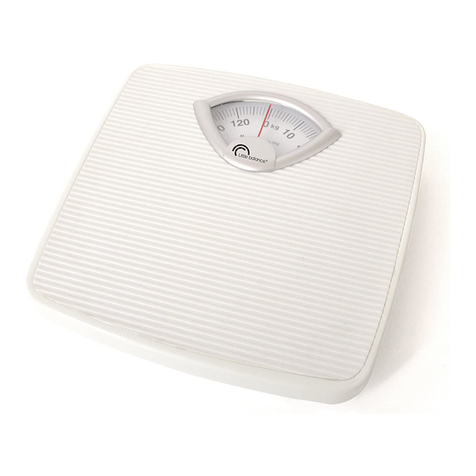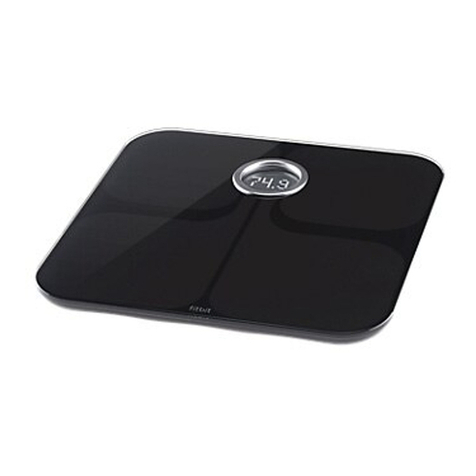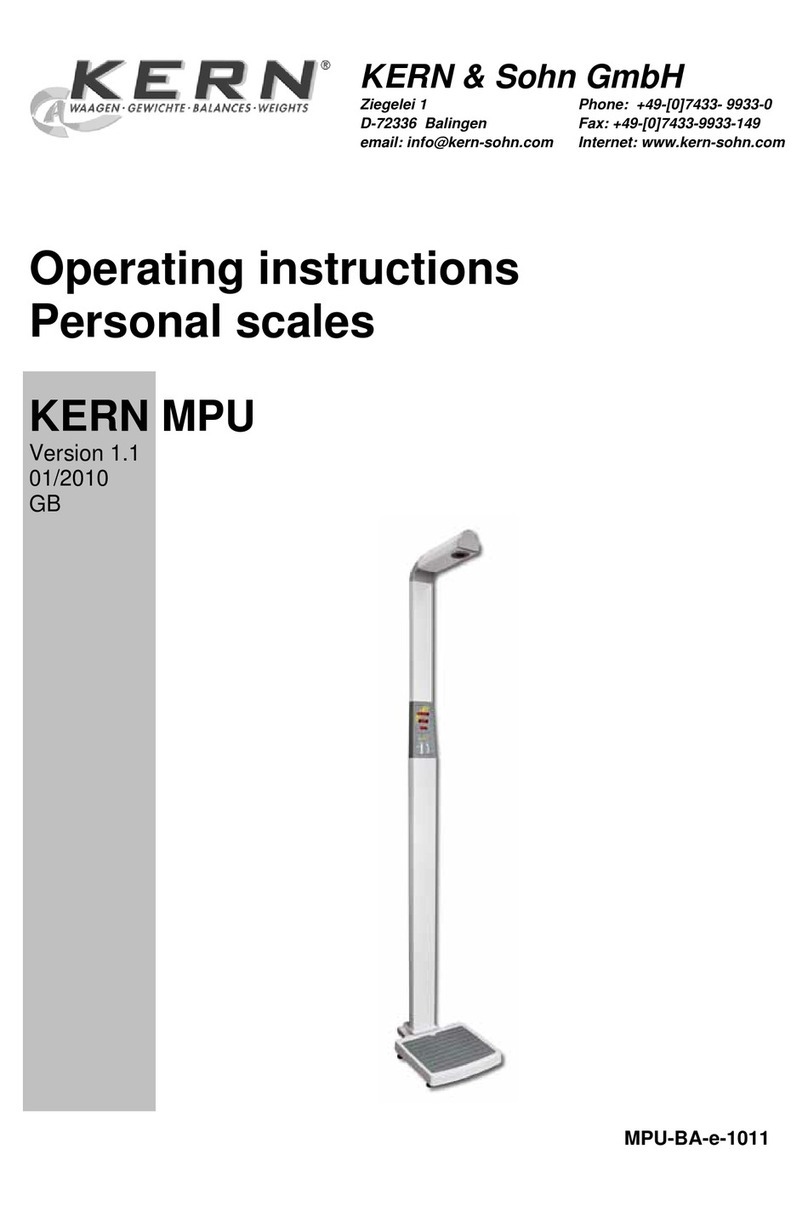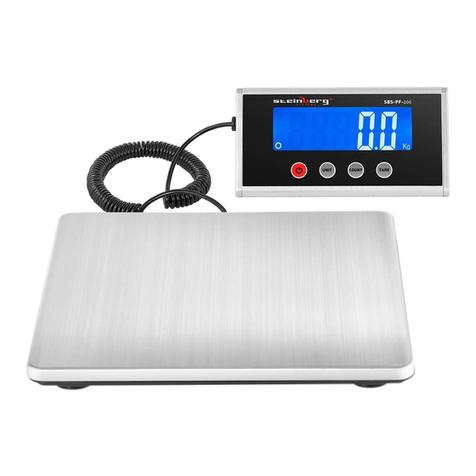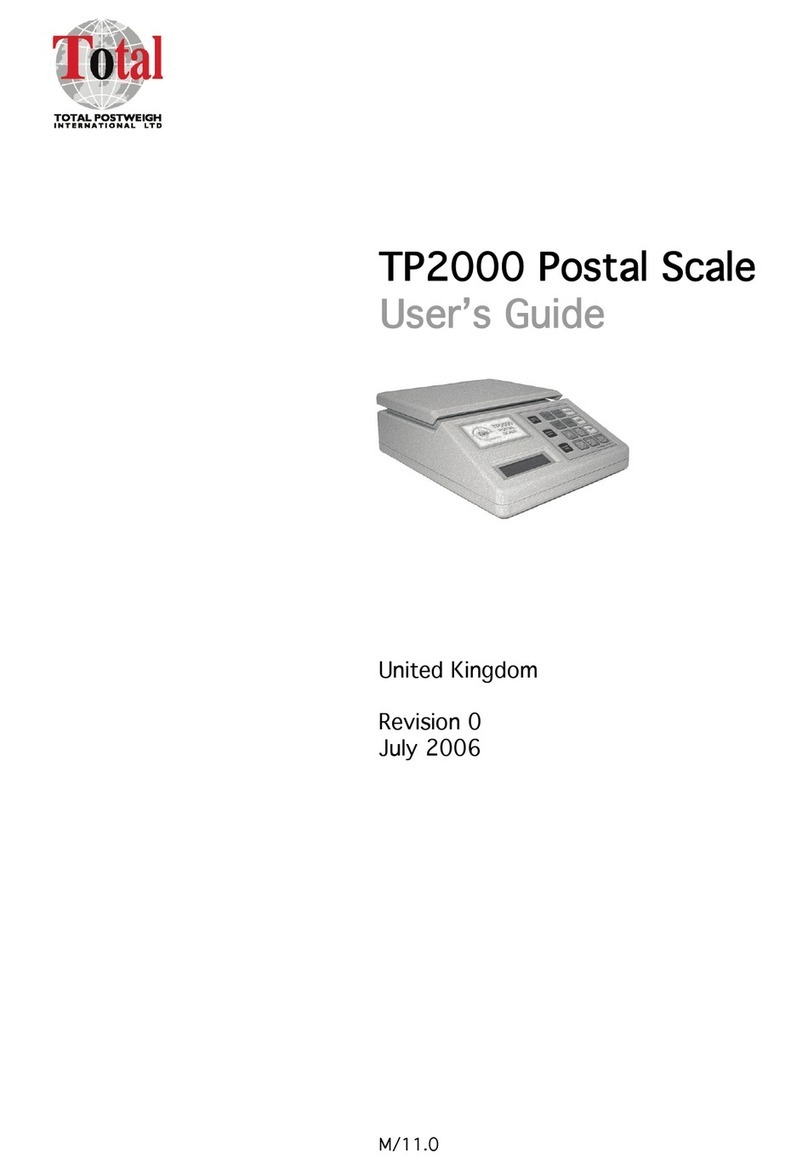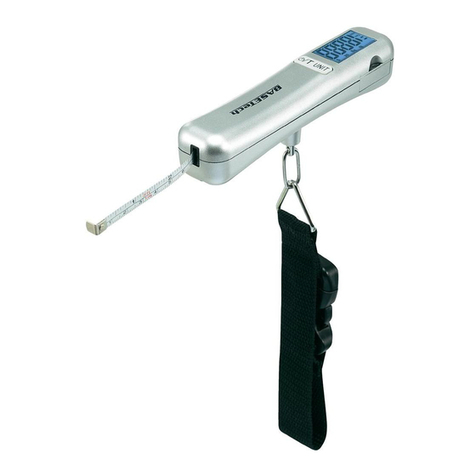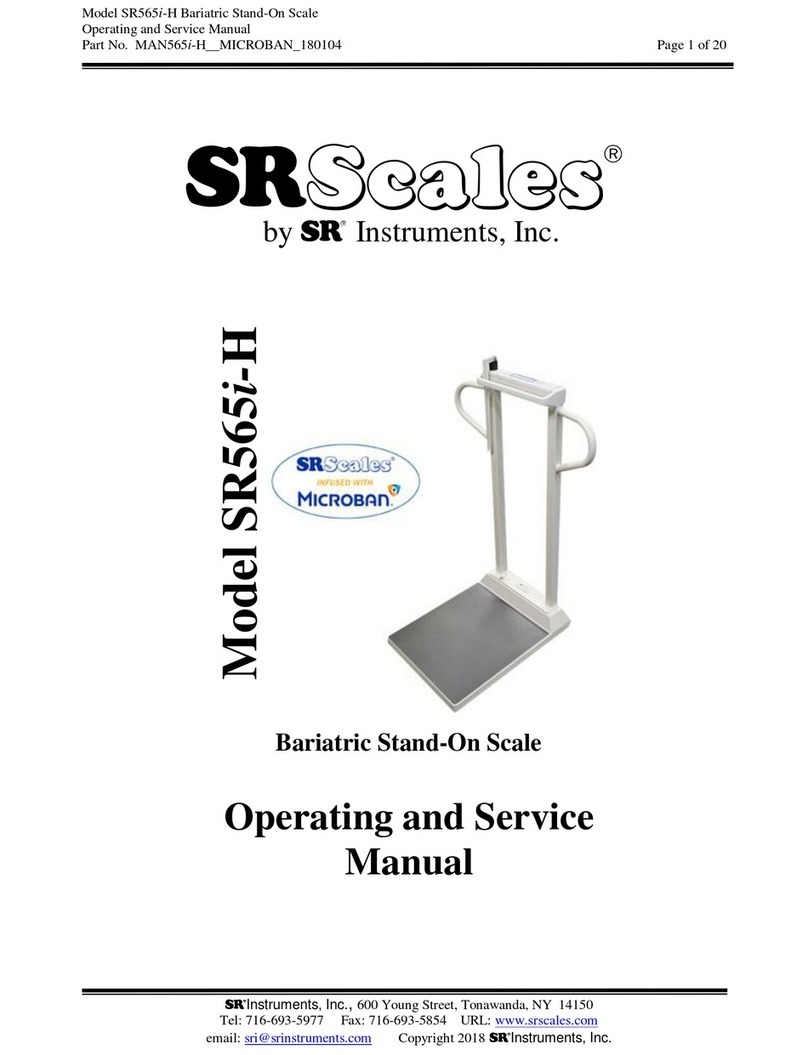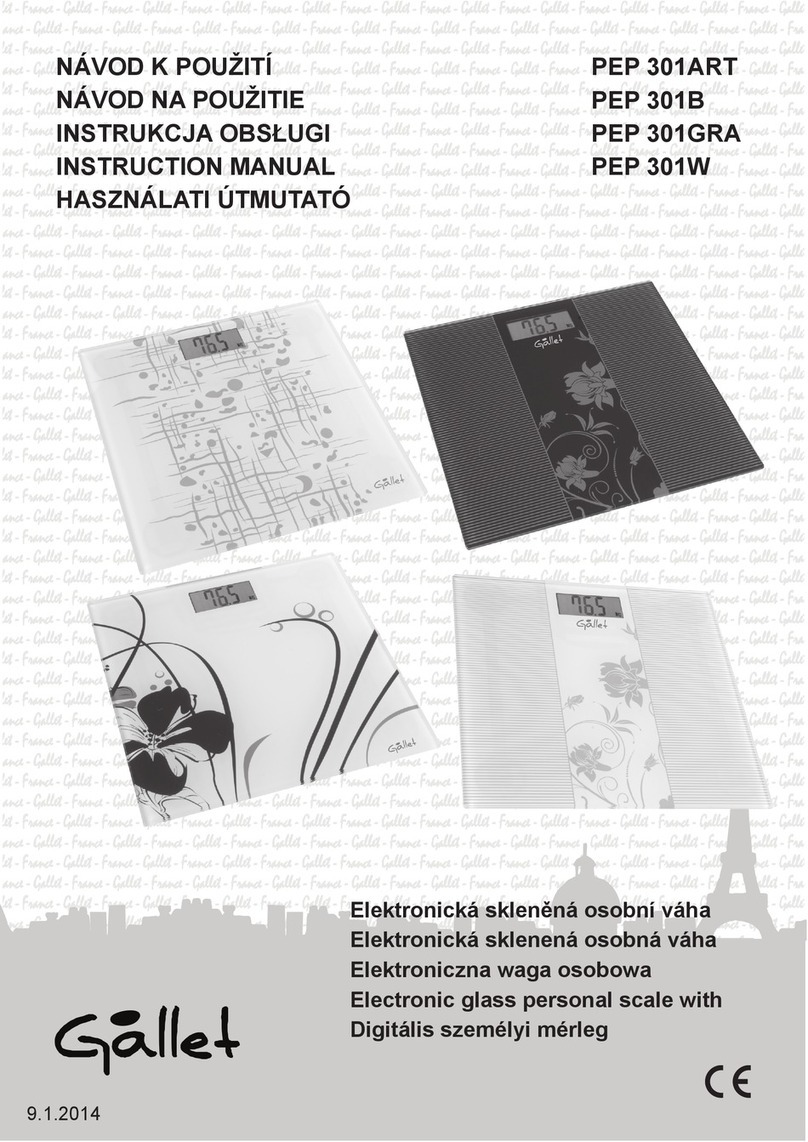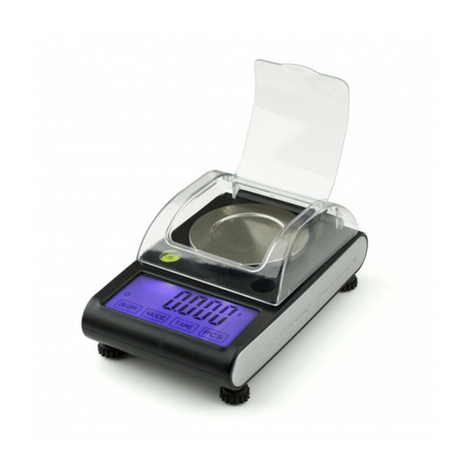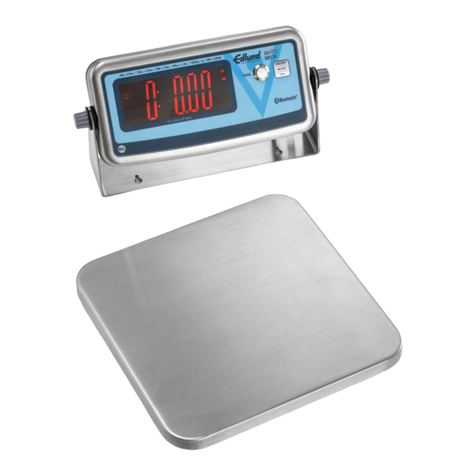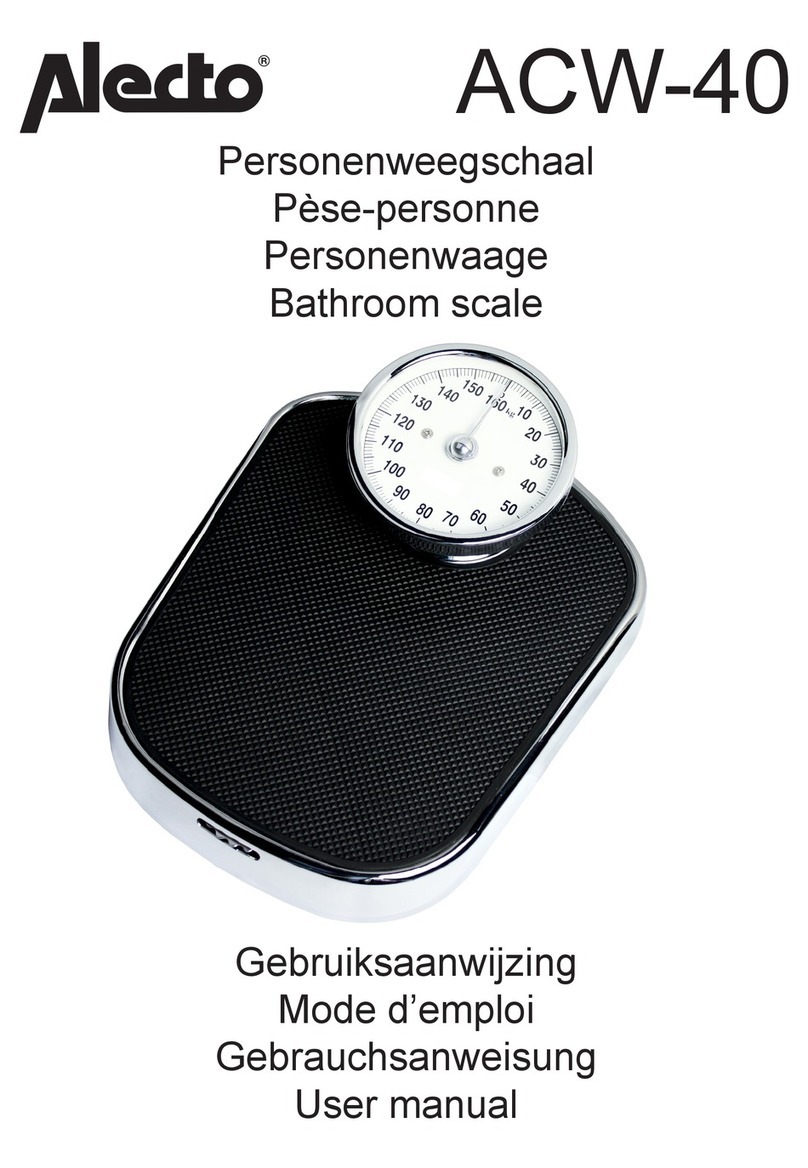
3
Introduction
This manual is meant as an installation guide for the B-TEK Centurion and Hybrid
series of motor truck scales. This includes the following models:
Centurion-DT (steel deck, digital cell)
Centurion-DT-CD (concrete deck, digital cell)
Centurion-AT (steel deck, analog cell)
Centurion-AT-CD (concrete deck, analog cell)
Hybrid-DT (steel deck, digital cell)
Hybrid-AT (steel deck, analog cell)
The Centurion series of flat top truck scales is available in standard lengths from 10’ to
120’, and varying widths from 10’ to 14’. Depending on how it was ordered, the
individual scale modules can arrive from the factory partially or fully assembled. This
manual attempts to cover all instances.
All models fall under the NTEP certificate of conformance number 03-096A3.
No physical or electrical changes / alterations may be made to the scale during
installation, which may void the warranty. This includes removal, addition or
modification of any steel or components, as well as electrical or program related items.
Check with the local Weights and Measurements authority prior to installation to verify
that the foundation meets all requirements, including those of the National Institute of
Standards and Technology (NIST) and specifically Handbook 44.
Prior to installation it is the customer’s responsibility to verify that the equipment meets
the requirements of the application. Do not begin installation if this is unknown. It is the
customer’s responsibility to ensure that the scale equipment is operated within the
manufacturer’s specifications.
Any repairs must be performed by B-TEK Scales authorized service technicians.
Failure to comply with this policy voids all implied and/or written warranties.
General safety warnings are as follows:
The scale is designed for vehicular traffic only, do not allow any pedestrian traffic
on the scale
Do not get out of your vehicle while on the scale
Keep all hands, feet and clothing away from moving parts
Do not exceed the specified load limit for the scale
Do not use the scale for any other purpose than weight measurement
Use caution when removing snow or other debris from scale deck or beneath the
scale modules
